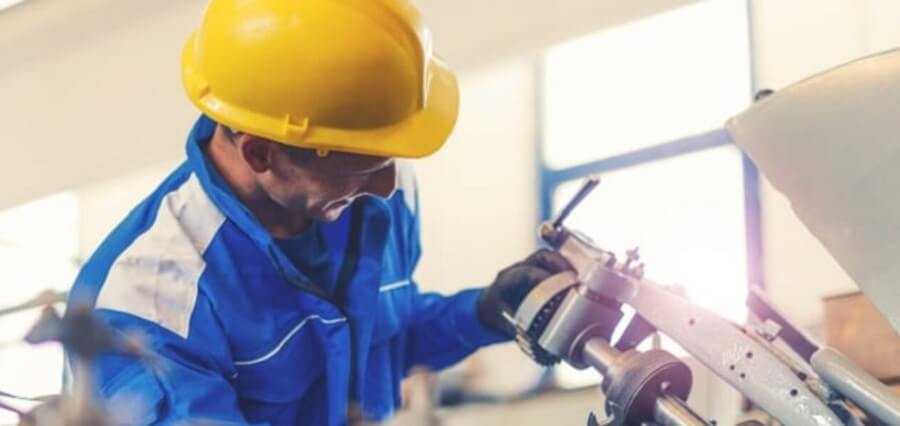Routine equipment maintenance in a business context cannot be guided by the cliché “if it isn’t broke, don’t repair it.” However, why should you pay for maintenance if there is nothing wrong with the equipment? Here are three of the most important reasons why Artisan Industrial, a company that makes equipment for making and processing things, wants this to happen:
Spend Less Money
A production line could produce defective goods if a malfunctioning machine was overlooked. The product may include parts or items that don’t measure up to quality standards and will have to be discarded. What if it takes days or weeks before someone notices a faulty machine part? It’s possible that a sizable quantity of the manufacturer’s stock or raw materials just can’t be moved for one reason or another. When the defective output is used in the production of another product, it might cause a “ripple effect.” In addition to wasting time during business hours, downtime also means the machine operator can’t leave the office to fix the problem. In some cases, this could make the worker work more than 40 hours a week, which would mean the company would have to pay overtime.
If you don’t keep up with routine equipment maintenance, the manufacturer or vendor of your capital asset may not recognize your guarantee if anything goes wrong. Suppliers often ask for proof of regular maintenance records if a machine is within its warranty term but requires extensive repairs because of neglect. This shows how expensive it might be if maintenance rules were broken. Those with expensive capital assets should constantly take the necessary precautions to safeguard them.
Minimize the Possibility of Mishaps
Many accidents are caused by unforeseen equipment malfunctions. According to a recent report, manufacturing equipment malfunctions accounted for almost 35% of all events in the workplace. The construction industry has more fatal accidents in the workplace than in any other industry. Many of the deaths in this industry can be traced back to faulty machinery, especially in cases of lax or uneven maintenance. Despite extensive employee safety training, accidents and injuries caused by defective machinery sometimes happen.
When it comes to implementing rules to keep workers safe on the job, OSHA is a frontrunner among regulatory bodies. The Occupational Health and Safety Administration has found a link between improper maintenance and the likelihood of accidents on the job. That’s why it’s important that training for workplace safety includes time spent on maintaining equipment.
Reduce Faults.
Equipment and tools have higher rates of breakdown when regular maintenance is neglected. Equipment failures are quite likely to increase in workplaces when maintenance is neglected. Putting off even a little maintenance work on a machine or equipment might eventually lead to greater issues. Here, cutting corners on maintenance to save money in the near term costs a lot more in the long run.
Major equipment repairs sometimes need tracking down and acquiring a new item quickly. Time and money are lost due to the high shipping prices and complicated logistics. Improper maintenance methods lead to equipment failure, highlighting the need for preventive maintenance. This idea is known as preventative maintenance when pre-emptive measures are taken in terms of maintenance and servicing. Preventive maintenance is done before any problems happen, while reactive maintenance is done when something breaks down or isn’t working right.
The Bottom Line
While many service providers are there to respond quickly to any urgent needs, they also emphasize the importance of preventive maintenance to keep your fleet running smoothly and save money









